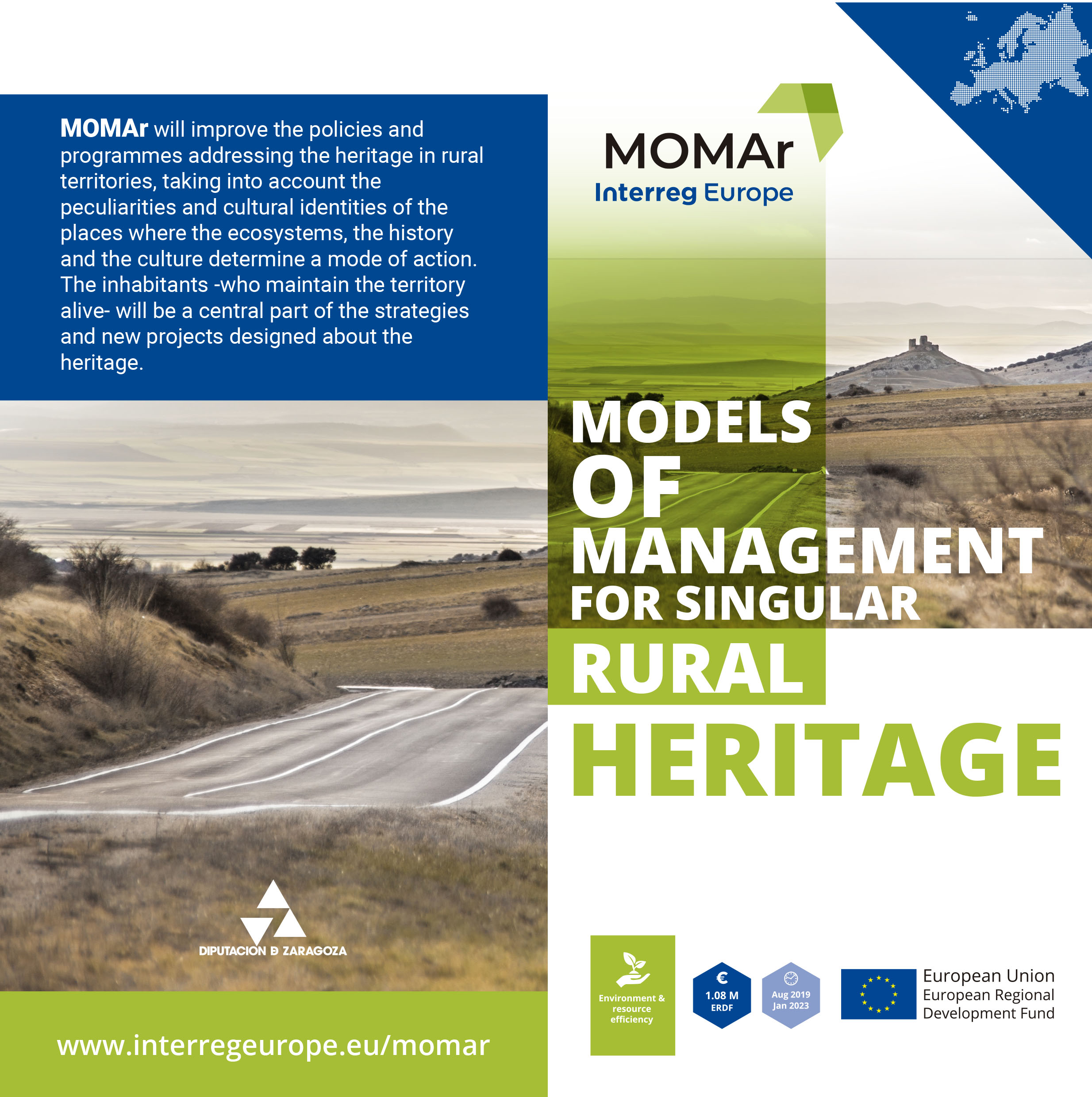Groningen Historic Churches Foundation has the goal to protect, restore, and maintain religious cultural heritage situated in the province of Groningen (the Netherlands) as well as to enhance interest and share knowledge of it. They are also one of MOMAr's stakeholders. We conversed with Patty Wageman, director of the Foundation, to learn about their model of management for this singular heritage.

How did the foundation start its work 51 years ago?
The foundation started because a lot of the historic churches were dilapidated as a result of secularization and due to the fact of ageing and depopulation of the province of Groningen. It took one man, Regnerus Steensma (1937-2012), who was a Frisian theologian with a lifelong passion for historic churches, to start this foundation and safeguard the churches from total ruin and oblivion. He saw these churches as mirrors of religion and culture. Gradually the work was recognized and embraced by the local and national public and more churches were put under the wings of the foundation.
 Which are the most relevant successes achieved in terms of heritage management?
Which are the most relevant successes achieved in terms of heritage management?
The most relevant is that we prevented these buildings from disappearing and gave them back to our society by using them in different ways for various purposes, from religious to educational purposes, from cultural to social events. By bringing these buildings back into their original glory and sometimes adding new architecture in and on these monuments, they help to re-shape the Groningen landscape and make the people aware of the historic context in which they live, as well as create cohesion and add new meaning, interest and dynamics to their environment.
Through international collaboration a learning curve can be steep, intense, diverse and shared.
Why Historic Churches are so relevant for the Province of Groningen?
We call our churches beacons of meaning, in the sense that they tower high above our villages in the flat landscape. Nowhere in Europe is there such a density of medieval churches as in the north of Holland. Historically, they were sometimes literally beacons for the fishermen at sea and served as alternative lighthouses along the coast. Now they do not only carry meaning as historical objects but also still serve as meaningful buildings in several senses, i.e. as a place of worship, a meeting place, an educational space… In other words, they keep a village society together and welcome visitors as a cultural heritage tourist destination.
And how do you get to turn them into meeting places for the community?
The main strategy is to open them up to the public, let them become part of the village society again and welcome visitors from elsewhere. Another strategy is to educate and inform the public of the history of these churches and their environment and let them literally experience this through the building by, for example, open up the tower so people can climb up and see the surroundings from a different perspective. The third is to use them for cultural en social events that bring people together and create kinship.

Resources are always a key factor in heritage management. What is your financing model and how it is supported?
Nowadays, the foundation manages 96 churches, 9 towers, and 57 churchyards. This is only possible thanks to the support of all our almost 700 volunteers and our 6000 members. Together with our team, they create a basis for subsidies from public and private funds, as well as funding from different government bodies (local councils, province, state). We are a small organization with a huge flexible shell of disciplines around us.
How do you approach education within your strategy?
Education is more and more inherent in the work of our foundation. This way we hope to create more awareness of history, craft, architecture, and preservation techniques, as well as different contexts in which religion functioned and still functions. With our education program, we start awareness with children at a young age. Nowadays cultural backgrounds of children differ greatly. We strive to inform them through image, experience, and dialogue. In our view, these dialogues create mutual understanding and help to preserve our cultural heritage for future generations.
How do you think international cooperation can influence the management of local heritage?
Through international collaboration, a learning curve can be steep, intense, diverse and shared. Best practices can show you the way how to implement new perspectives in your own management of local heritage. However, research more and more shows that local now or in the past is not as local as we normally think. Even in de Middle Ages craftsmen travelled a lot and therefore shared their knowledge and craft which were then tweaked to local customs or the other way around and led to new practices. This is still valid today and this is why international collaboration with an open mind is so valuable and necessary.













